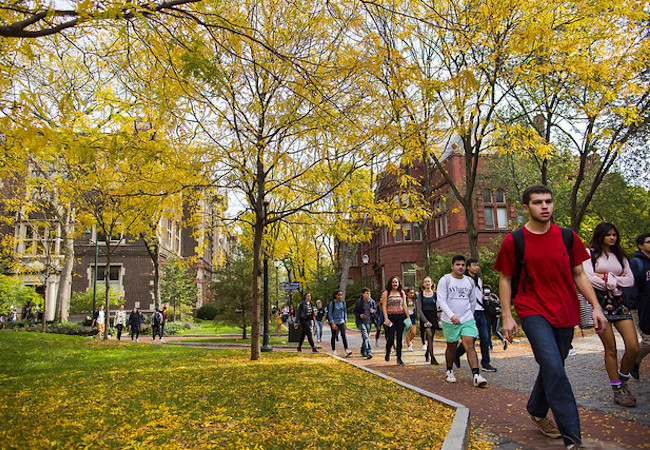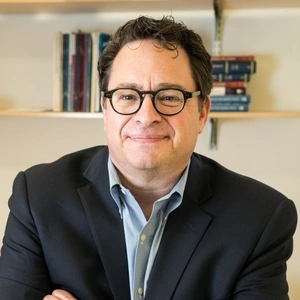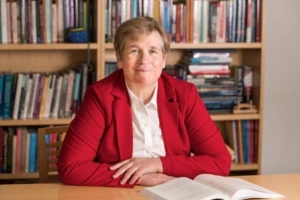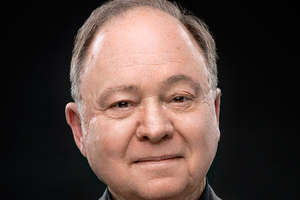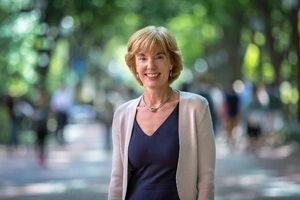Faculty Expert
-
Peter Eckel
Senior Fellow and Director of Leadership Programs, Penn AHEAD
Policy, Organizations, Leadership, and Systems Division
The COVID-19 pandemic forced students off college campuses this spring. Deciding when, and how, they can return is one of the most pressing questions for higher education administrators.
May 6, Penn AHEAD brought together more than 100 college administrators and GSE graduate students from across the field for “Inside Leaders’ Minds: Planning for the Uncertain Future”, a candid virtual conversation about how universities can adapt.
The event grew out of a discussion this spring in Penn GSE Senior Fellow Peter Eckel’s class on the future of higher education and on how today’s leaders are thinking about the present and forthcoming challenges. As host, Eckel invited participants to think about “how their institutions have responded to the pandemic, how they are thinking and planning for the future, and the what the long-term impact of the pandemic might be on higher education as a sector.”
Shaped by a discussion of three experienced university leaders from diverse institutions, the participants talked about how they made decisions this spring, such as the pressures of trying to make the safest choice for their communities amidst rapidly evolving public health guidelines; how to support student wellbeing; and transitioning to remote learning in way that worked for both students and faculty.
“You can’t be a good leader and a good decision maker if you aren’t thinking about your entire campus community and the community beyond that we serve and impact in so many ways,” said Widener University President Julie Wollman. “Decisions have to be made thinking about how they affect individual students, faculty, and staff, and with compassion for where they are and with the uncertainty, fear, and confusion we are all feeling.”
Everyone in the conversation acknowledged the new set of problems college leaders face this summer. Participants talked about different ways of projecting enrollment, offering student services virtually, creating a true sense of community online, and looking for ways to increase financial aid and lower student costs.
Guy Generals, President of the Community College of Philadelphia, believes this forced interruption could prove to be a productive disruption, especially for community colleges.
“I know community colleges are very traditional and once the vaccine is in place we might just go back to what we were doing,” Generals said. “I’m of the mind that no crisis should go to waste and we should take advantage of this and find better ways to teach and learn. The technology has been there for quite a while, but we’ve never taken the steps to utilize it to its fullest potential.”
Jeff Gingerich, Provost at The University of Scranton, said that higher education institutions will have to embrace some solutions as new features, rather than trying to wait out the pandemic and return to “normal.”
“Can we continue to stimulate innovation among the faculty and the university?” asked Gingerich. “Can we keep that spirit of innovation moving along? That’s my hope, that we can keep that creativity moving.”
Media Inquiries
Penn GSE Communications is here to help reporters connect with the education experts they need.
